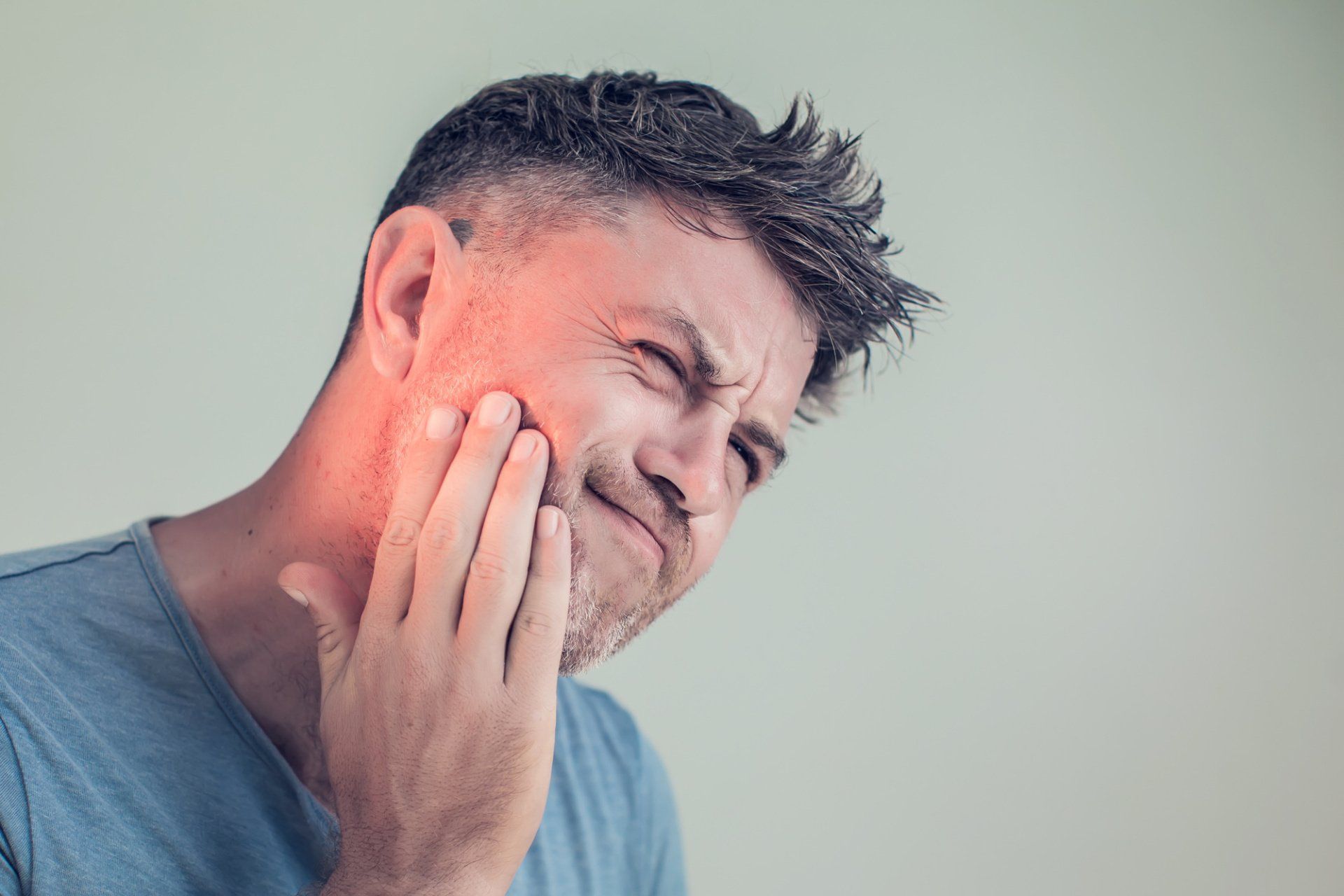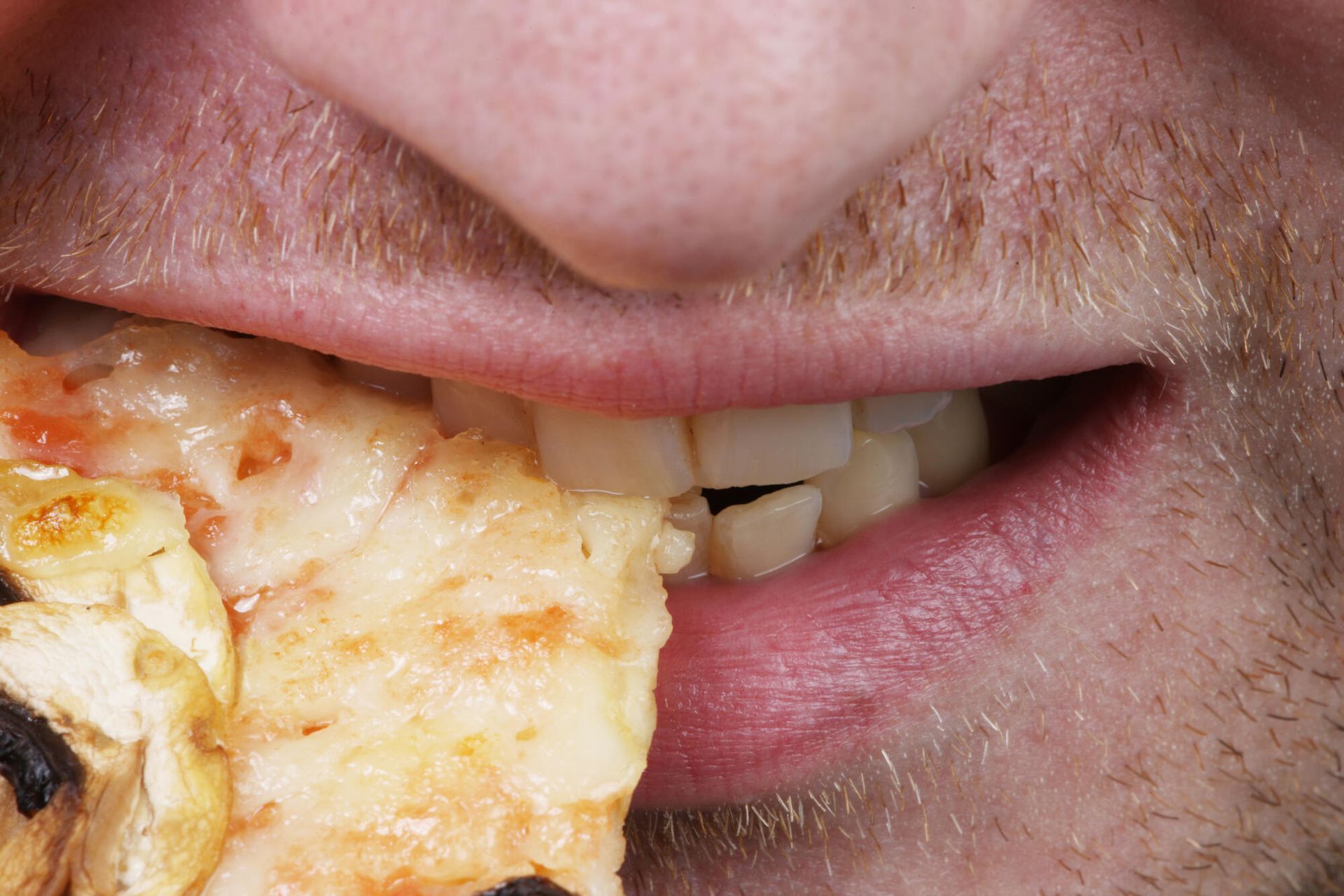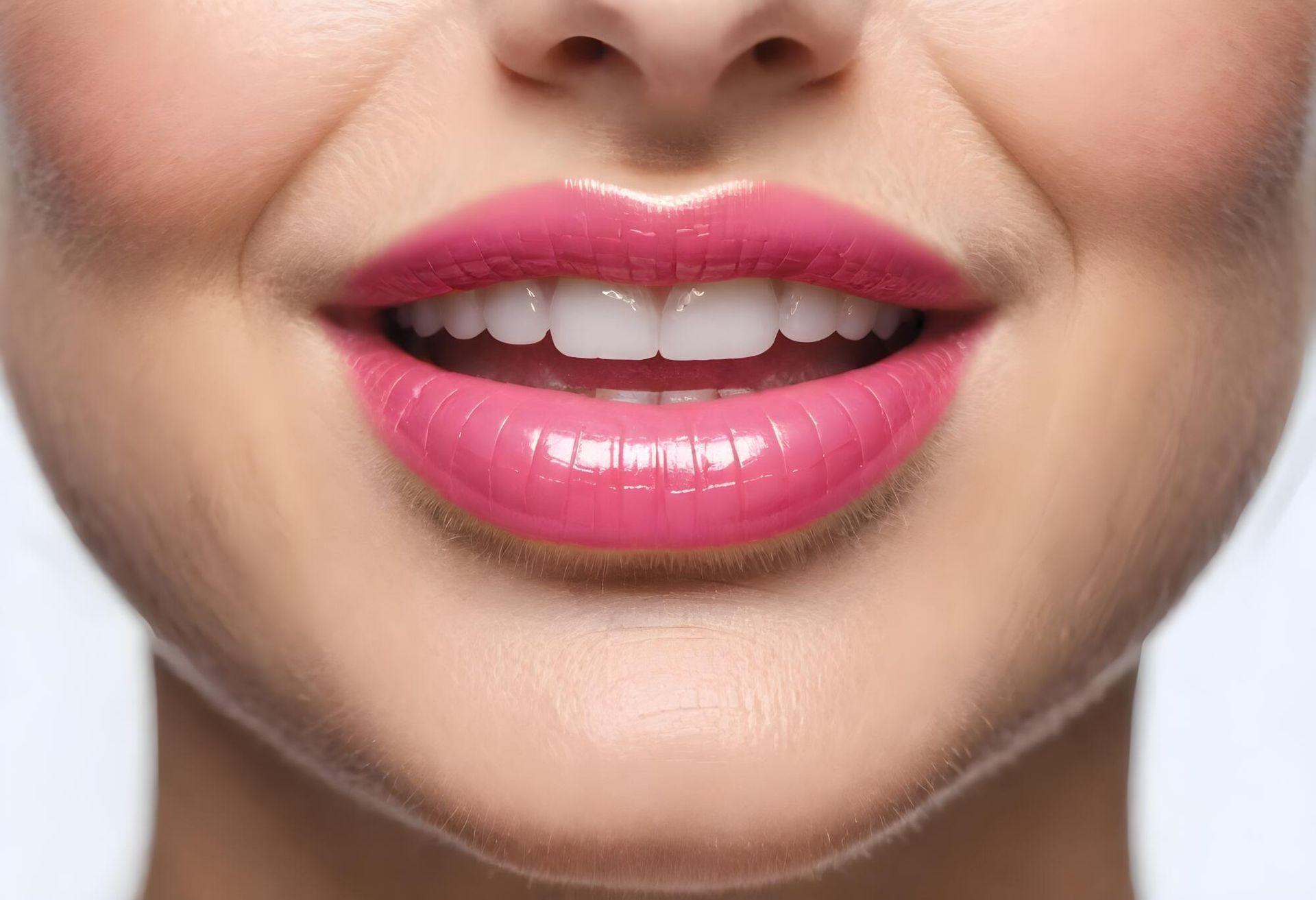TMD Self-Care: Steps For Managing Your Symptoms At Home

Temporomandibular disorders (TMD) affects 5% to 12% of the population. These disorders impact the jaw, joints, and nerves leading to facial pain. Jaw pain, difficulty opening and chewing, and clicking are common symptoms.
The causes of TMD aren't clear, but many experts think injury or muscle issues may be the culprit. The good news is that there are many effective treatments to reduce pain. Learn about TMD self-care options to manage your symptoms.
Reduce Stress
A typical stress reaction is jaw-clenching. You may be doing it unknowingly in your sleep or while working. The pressure that clenching puts on your jaw can make TMD pain worse.
Dedicate time towards stress-reducing activities like gardening, yoga, or painting. If you're carrying more stress than you can handle, consider talking to a therapist. They can help you move past your worries and teach you healthy coping mechanisms.
Apply Compresses
Using hot and cold therapy can be beneficial in pain reduction. It's vital to use the right kind for different types of pain. If you're experiencing dull, achy pain, try this method:
- Run a soft washcloth under hot water
- Apply to the face for a few minutes
- Repeat the process
Dull, achy pain usually means tight muscles. The moist heat from the washcloth is a great way to help the muscles surrounding your jaw relax. But sometimes, TMD delivers sharp, stabbing pain, and you'll need to do the opposite:
- Wrap a cold pack in a soft cloth
- Place on your face for a few minutes
- Alternate sides
The cold will help numb the area, reducing pain and decreasing inflammation. These TMD treatments are short-term, but they can decrease day-to-day pain and frustration.
Consider Dental TENSing
TENS therapy is a common form of muscle pain treatment. Dental TENSing applies the same theory to facial muscles. Small electric shocks are used to relax these muscles and ease TMD pain.
The process is painless and is usually available at your local dentist's office. You'll likely leave the treatment room feeling more relaxed and pain-free!
Try Medication
If you're comfortable taking medicine, then over-the-counter pain medication can help. You can also try taking a muscle relaxer in some cases, but be aware of the risks. They can prevent from driving, operating machinery, and doing certain tasks.
Other types of medication include anti-depressants and steroid injections. Most people who suffer from TMD don't require such intensive treatment, but they are options.
Massage the Area
Massages can be a blessing for aching muscles! Using a massage for TMD self-care can reduce pain, relax the muscles, and increase mobility. There are three ways to massage your face:
- Kneading massage
- Friction massage
- Stretching massage
Experiment with each type to see which one works best for you. You may need a partner or someone to help you at first!
Correct Your Posture
There's a strong link between bad posture and TMD pain. Researchers are not sure which causes which, but we do know that fixing your posture can help reduce pain! Adding yoga or pilates to your daily workout can boost your spine alignment and posture.
For sitting posture, try using a donut pillow to create better alignment. If you work in an office, make time to get up and stretch now and then. You can also inquire about equipment upgrades like an ergonomic chair or a standing desk.
Break Bad Habits
Bad habits like smoking can wreak havoc on our bodies. TMD pain is often affected by several bad oral habits, including the following:
- Nail-biting
- Gum chewing
- Clenching or grinding teeth
- Chewing the inner cheeks or lips
- Pushing the tongue against the teeth
If you catch yourself doing any of these, try your best to break the habit. These repetitive behaviors can lead to more TMD pain and jaw stiffness.
Give Acupuncture a Go
Acupuncture is an ancient, traditional Chinese practice for pain reduction. It can be an intimidating experience if you've never done it before. But studies show that acupuncture can provide pain relief for TMD.
If you decide to try this method, go to a credible acupuncturist. Many facilities practice "sham" acupuncture (where the needles don't puncture the skin). Research shows that acupuncture with the needles entering the skin has better results.
Watch What You Eat
If you're going through a bout of pain, eating the right food can provide relief. Avoid hard, crunchy foods like crackers, nuts, and granola bars. And stay away from foods like apples so that your jaw doesn't have to open as much!
Instead, go for soft and easy-to-chew foods like soup, smoothies, and pasta. Treat your jaw with care by cutting food into bite-sized pieces or taking small bites. If the pain is particularly bad, stick to blended or mashed meals.
Practice TMD Exercises
TMD exercises have the same function as full-body exercises: to maintain the muscles. Try adding a TMD workout into your daily routine! Over time, these exercises can reduce the frequency of TMD symptoms.
There are many free resources on YouTube to help you learn the proper movements. Even something as simple as a
standing chin tuck
can help keep your muscles in good working order!
Visit the Dentist
Flossing, brushing, and rinsing should be part of your oral care routine. But proper dental care can be tough to achieve when your jaw is sore and stiff. Visiting your dentist is essential for keeping your gums and teeth healthy when struggling with TMD.
Your
dentist in Burke, VA, can teach you how to care for your teeth when experiencing pain. They can also provide services like dental TENSing and custom mouthguards.
Practice TMD Self-Care to Reduce Pain
The pain and frustration of TMD can seriously impact your mood, health, and social life. Practice TMD self-care to reduce the severity and frequency of symptoms. Once you start working these tips into your day, you'll likely feel a wave of relief!
Visit Dental Care Burke in Burke, VA, for more guidance. We can help you manage your TMD symptoms and provide treatments for the pain.
Contact us
today to set up a consultation!












